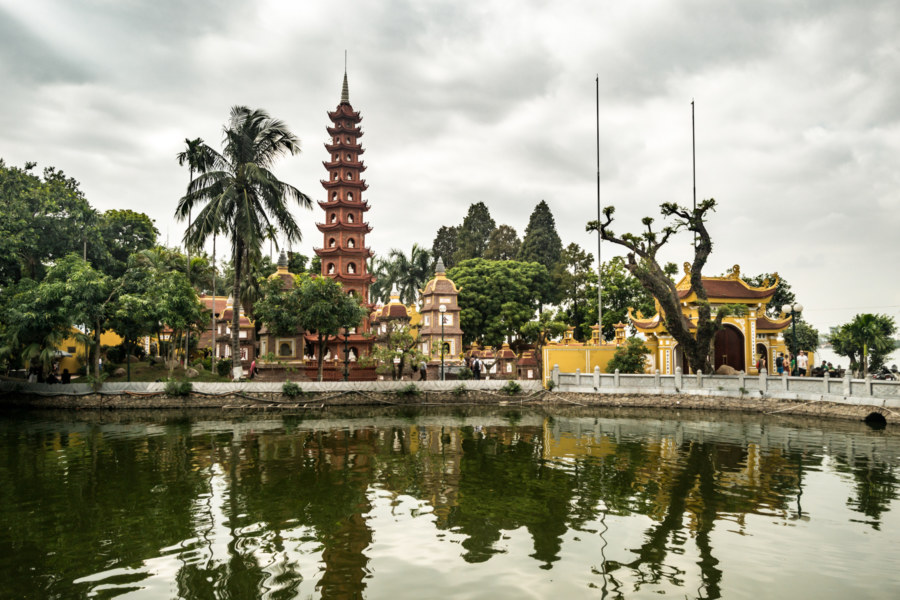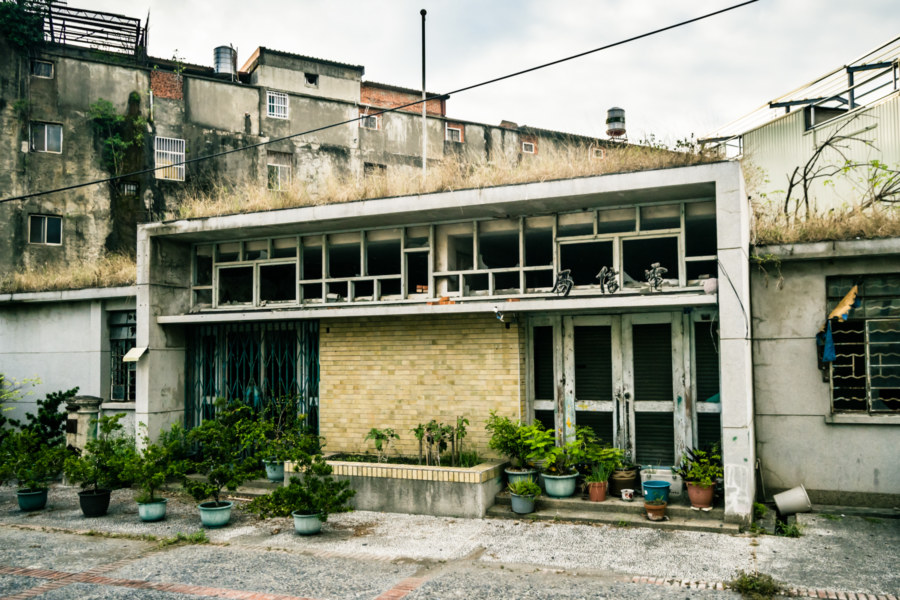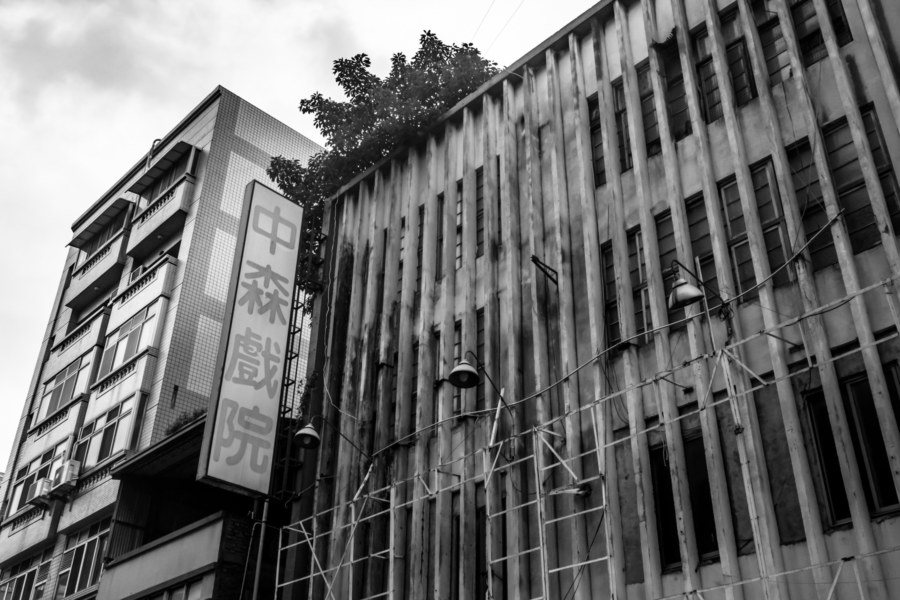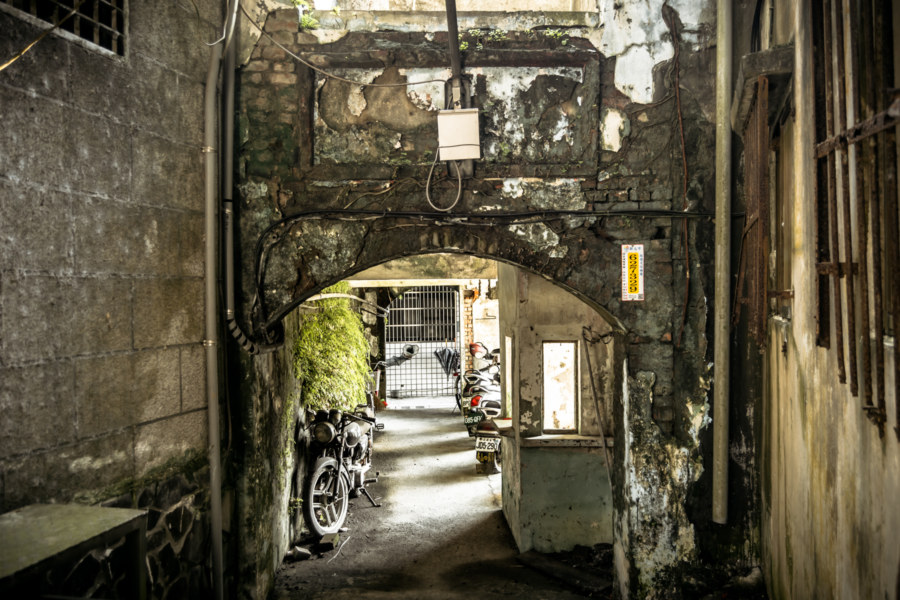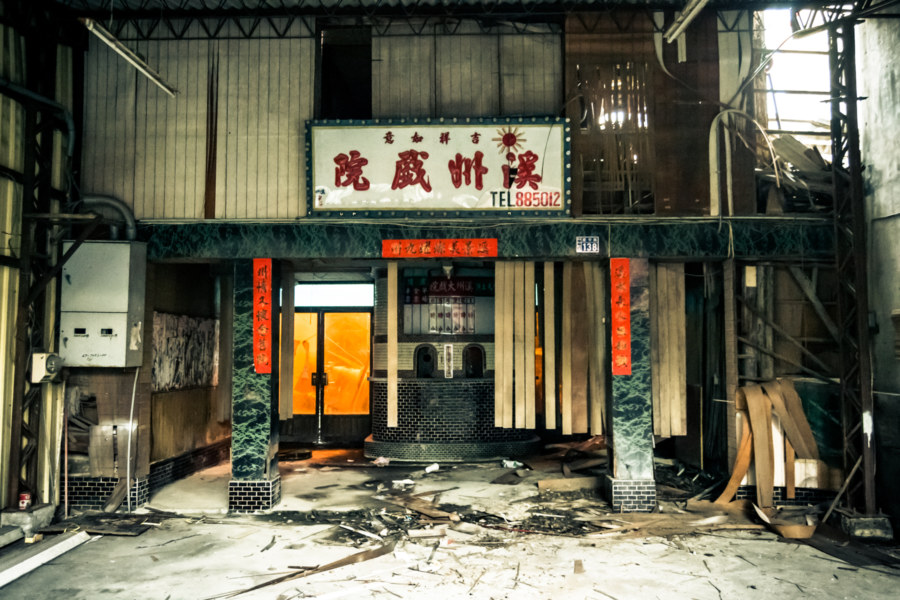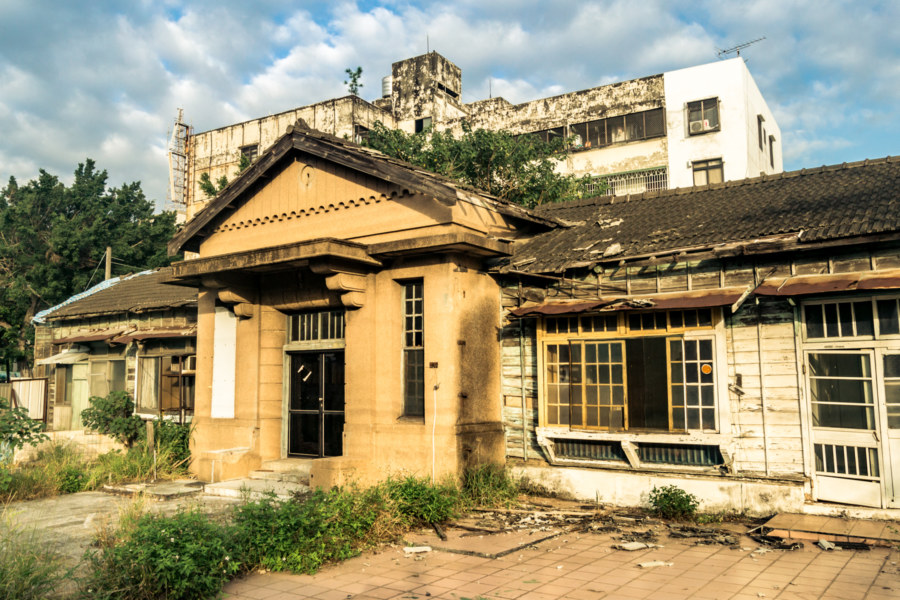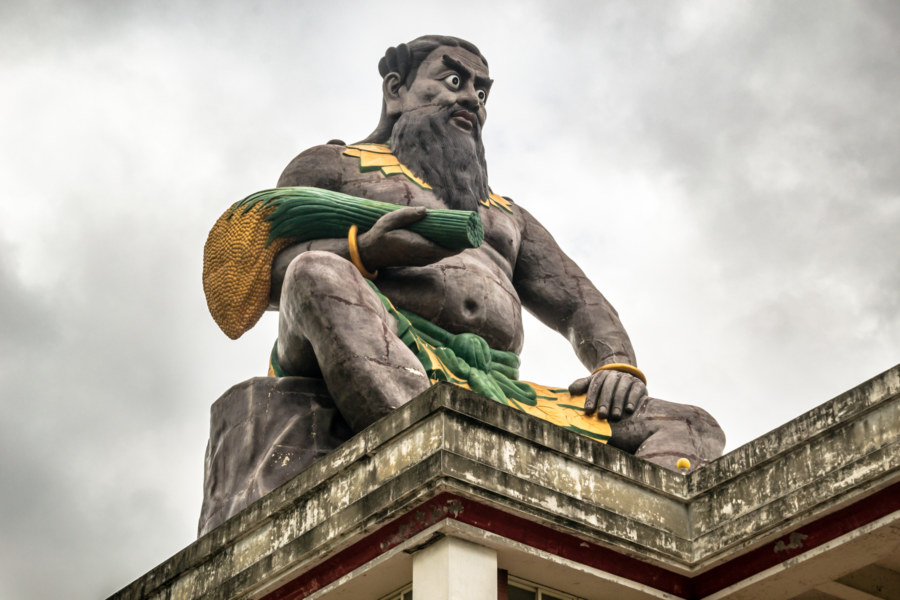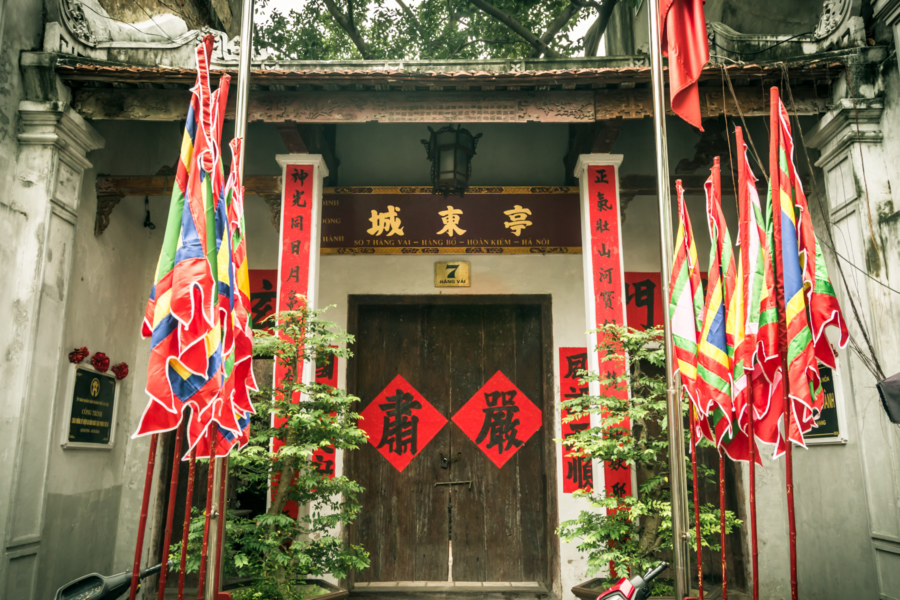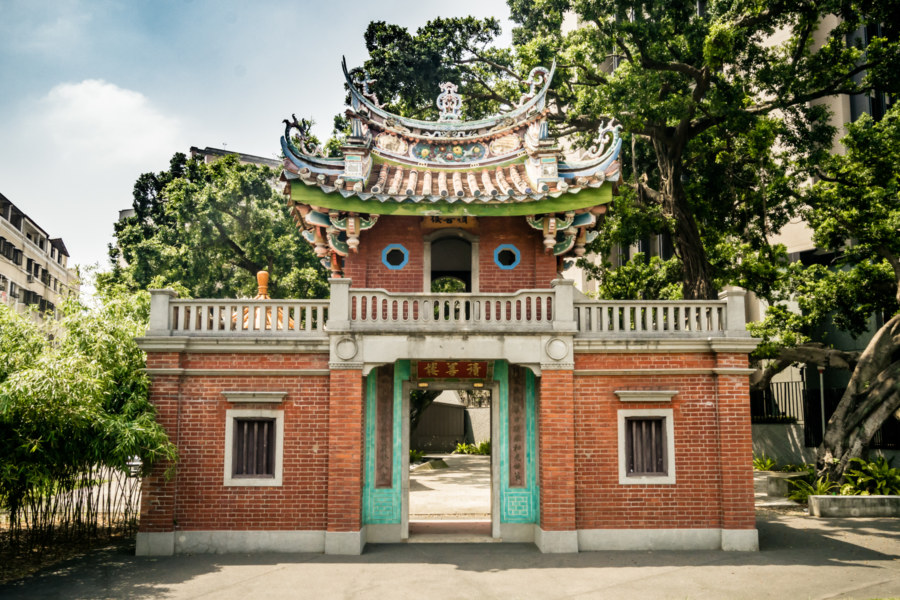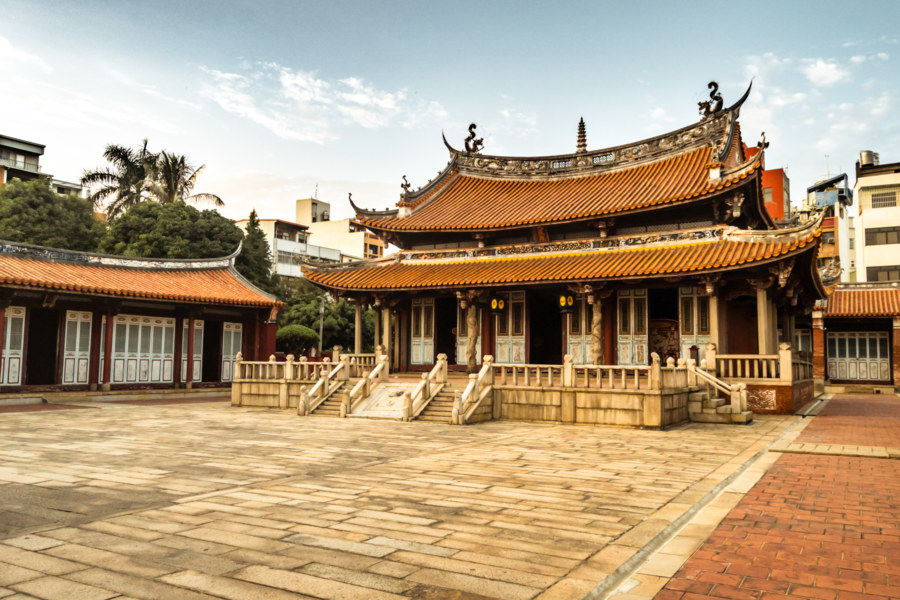Gathered here are around forty of my better photographs from a five day stay in Hanoi, Vietnam, in November 2016. All of these images were captured while idly wandering around the famous Old Quarter and its environs. I was not particularly adventurous on this trip but I still managed to find plenty to feast my eyes upon—and the food and coffee certainly lived up to expectations! I also found it interesting to apply some of my growing knowledge of East Asian culture gleaned from these years of living in Taiwan. Each photo is annotated with onward links to more information should anything pique your interest.
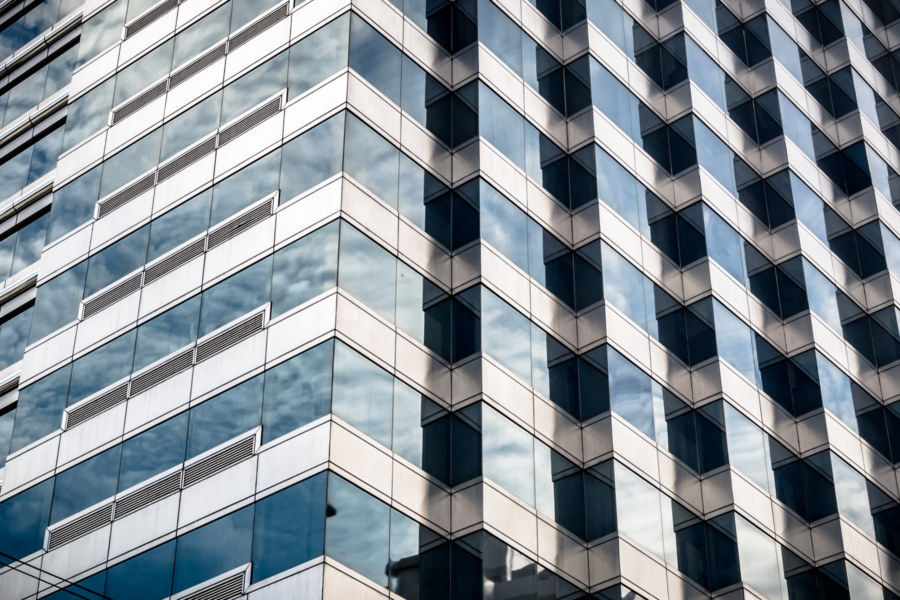
Structures fit for habitation and use. See also: urbanism, commercial, industrial, residential.
Subterms
Adjacent Terms
Xizhou Telecom Bureau 溪州原電信局
This week I visited the small town of Xizhou in southern Changhua to locate the eponymous Xizhou Theater. I found no way into the theater but made a serendipitous discovery while walking around the block in search of another access point. Across the street I noticed the utilitarian outline of the former Xizhou Telecom Bureau (溪州原電信局), a modest building that once housed a combined post office and service counter for the state phone company, then known as the [Directorate General of Telecommunications (交通部電信總局). The sign above the entrance simply reads Diànxìnjú (電信局), or “telecommunications bureau”, which is all anyone needed to know in those days. Taiwan’s telecom monopoly was broken up in 1996 with the privatization of what became known as Chunghwa Telecom (中華電信). In the absence of any sort of historic information about this obscure abandoned office I’d guess it was built sometime in the late 1970s or early 1980s.
Zhongsen Theater 中森戲院
Taichung is changing fast. The historic downtown area, formerly one of the worst examples of inner city blight in the nation, is presently undergoing a massive urban renewal effort. Some decaying and disused commercial buildings have been restored, many more await their fate, and others have been demolished before I’ve even had a chance to document their interiors. Zhōngsēn Theater 中森戲院 belongs to this last category: it came down after I shot a preliminary set of photos but before I had a chance to sneak inside. You have to move fast to capture these small histories in their unmaking.
Shuangxi Donghe Theater 雙溪東和戲院
Dōnghé Theater 東和戲院 is an obscure ruin in Shuangxi, a former mining town of approximately 8,000 residents in the mountains of eastern New Taipei. Despite its diminutive size and relatively remote location, Shuangxi has a colorful history extending back to the late Qing dynasty era. Its prime location at the confluence of Mudan Creek and the eponymous Shuang River made it an ideal transshipment point for people and goods traveling to and from Ruifang. The surrounding hills also contained rich deposits of gold and coal deposits, sparking a mining boom that peaked in the mid-20th century with dozens of mines and more than 30,000 miners in the area. Two theaters were in business in the 1950s, but the local entertainment industries declined along with the mining industry, and only the ruins of Donghe Theater remain to provide a glimpse into the past. Although it isn’t formally protected, the site has been tidied up and anyone is welcome to wander in and take a look.
Xizhou Theater 溪州戲院
Some people are into urban exploration for the optics—they love visiting the most visually-impressive places and taking cool photos—but I’m just as interested in documenting history and solving puzzles. Animated by curiosity, I have become proficient in navigating the Chinese language web in search of leads. Not all of these turn out to be something interesting but I enjoy those rare days where I set out into the countryside and see how many candidate sites I can knock off my list. This is what originally brought me to the gates of the humble Xizhou Theater 溪州戲院 in the small town of Xizhou, Changhua.
Wuri Police Station 烏日警察官吏派出所
Wuri Police Station 烏日警察官吏派出所 is a historic Japanese colonial era building dating back to the early 1930s. Located in Wuri, Taichung, it was built in a simple, subdued style with more of a nod toward Rationalism than the localized Art Deco or Baroque Revival styles commonly seen in commercial and institutional architecture of Shōwa period Taiwan. After the station was decommissioned in the late 1960s it was used for residential purposes until it was ultimately abandoned for unknown reasons. Historic status was announced in 2004 and officially confirmed in 2013 but restoration efforts were stuck in the planning stages until 2020.
A Short Ride Around Western Taoyuan
Last October, while living in Zhongli, I ventured out into the countryside for a random bicycle ride on Halloween. Like most of my rides I didn’t have a route planned or anything, only a general intention of checking out the obscure Fugang Old Street (富岡老街) about 15 kilometers west of the city. Along the way I followed my intuition (with a little help from Google Maps) and captured photographs of anything interesting and unusual I came across. Featured here are more than two dozens pictures from this ride through parts of Zhongli, Xinwu, Yangmei, and Pingzhen in western Taoyuan.
Dinh Dong Thanh
One of the more interesting temples I stepped inside on a recent visit to the Old Quarter of Hanoi is the recently renovated Đình Đông Thành (亭東城, loosely: “East City Pavilion”). Having explored many temples in Taiwan over the years I was familiar with some of what I found there—but much of it was completely foreign to me. Looking up information after the fact hasn’t been educational; there are no English language resources about this temple and I haven’t got the same knack for finding information in Vietnamese as I have with Chinese language resources about Taiwan. So, if you’ll pardon my lack of local expertise, I’m going to share a few photos from this relatively obscure temple and attempt to puzzle through some of what caught my eye.
Jishan Gatehouse 積善樓
Jīshàn Gatehouse (積善樓; sometimes written as Chishan or Chijhan) is a minor historic building not far from Taiyuan Station (太原車站) in Beitun, Taichung. Originally this site was occupied by the residences of the Lài (賴) family, immigrants from Zhangzhou in China, who made their home here in 1897. Decades later they funded the construction of this unusual gatehouse on the recommendation of a fengshui (風水) master; the name of the building literally translates to “accumulate goodness”. The design and some of the materials are Chinese but the structure also shows western influences and craftsmanship as filtered through Japan. Five banyan trees surrounding the gate are the only other legacy of the homes that once existed here. Nowadays the area is a city park.
Postcards From Changhua City 2 彰化市明信片二號
Not long after moving to the administrative capital of Changhua in 2014 I published a collection of photographs entitled Postcards from Changhua City. All of the photos in that post were shot in my first few months of residency but I ended up staying for half a year. In that time I gathered more than enough material for a sequel while making my daily rounds. So here it is: more photos from my time in Changhua City, a historic town in central Taiwan. As before, additional information and links are included in the caption for each photo, where available.
